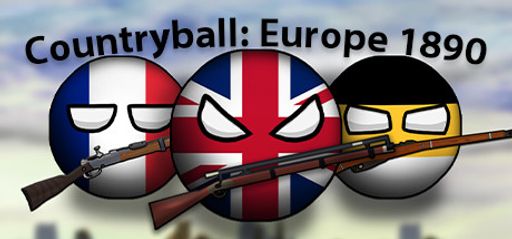 I want to open with overall impressions of Countryball: Europe 1890. Developed and published by SHN Games, this title has made quite an impression. On Steam, players praise the hidden Bavarian Empire. Additionally, they say “Good game about countris.” However, some reviews also mention a clunky UI in the conquest map. That glitch, unfortunately, slows exploration. As a completionist, I loved unlocking over fifty countryballs. In particular, I found hidden capitals rewarding. Notably, SHN Games is an indie studio using the Unity engine for turn-based tactics.
I want to open with overall impressions of Countryball: Europe 1890. Developed and published by SHN Games, this title has made quite an impression. On Steam, players praise the hidden Bavarian Empire. Additionally, they say “Good game about countris.” However, some reviews also mention a clunky UI in the conquest map. That glitch, unfortunately, slows exploration. As a completionist, I loved unlocking over fifty countryballs. In particular, I found hidden capitals rewarding. Notably, SHN Games is an indie studio using the Unity engine for turn-based tactics.
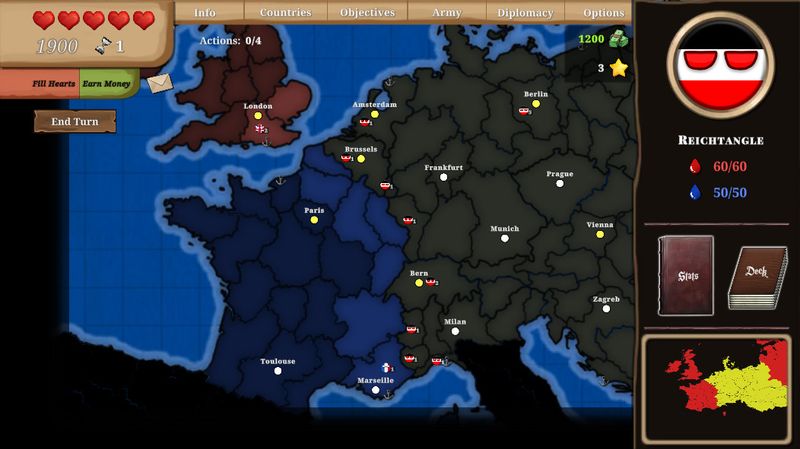
 Let’s dive into gameplay mechanics. At its core, Countryball mixes turn-based war and card battles with drag-and-drop controls. Interestingly, it reminds me of Slay the Spire’s card system blended with Civilization’s conquest map. You can also call allies or puppets into battles. This mechanic adds deep strategy to each encounter. Furthermore, SHN Games sold fifty thousand copies of its last strategy game in week one.
Let’s dive into gameplay mechanics. At its core, Countryball mixes turn-based war and card battles with drag-and-drop controls. Interestingly, it reminds me of Slay the Spire’s card system blended with Civilization’s conquest map. You can also call allies or puppets into battles. This mechanic adds deep strategy to each encounter. Furthermore, SHN Games sold fifty thousand copies of its last strategy game in week one.
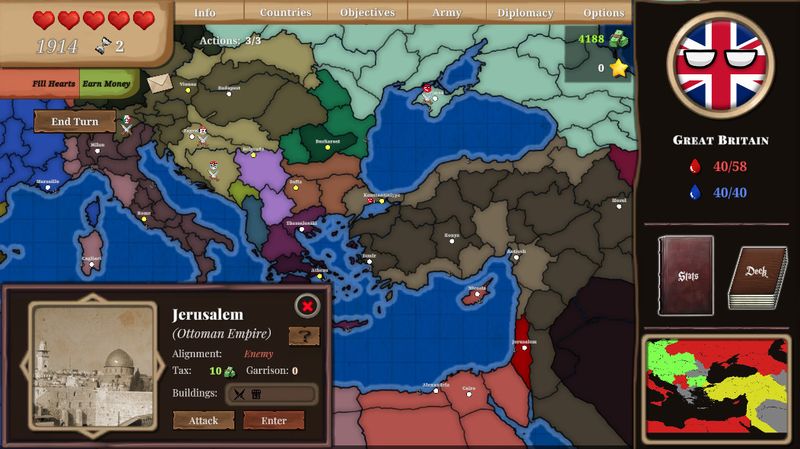
 Next, the story frames each campaign as a historical conquest. Developer SHN Games said they aim to teach history while entertaining players. Dialogue is crisp and short, yet lore pops in capital city texts. Moreover, campaign arcs deliver simple twists, like uniting puppet states. According to a blog post, SHN devs shared that they used real 19th-century maps for authenticity.
Next, the story frames each campaign as a historical conquest. Developer SHN Games said they aim to teach history while entertaining players. Dialogue is crisp and short, yet lore pops in capital city texts. Moreover, campaign arcs deliver simple twists, like uniting puppet states. According to a blog post, SHN devs shared that they used real 19th-century maps for authenticity.
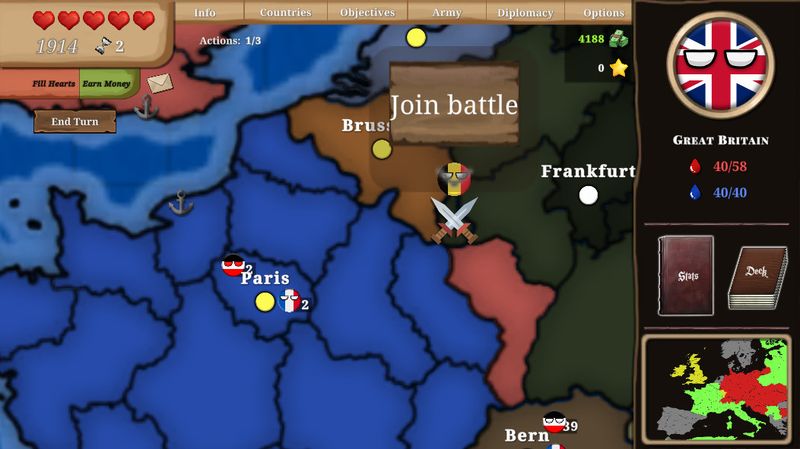
 Visually, Countryball uses bright countryball art and a charming cartoon style. The color palette evokes old maps but with modern polish. Thanks to the Unity engine, the game ensures smooth pacing at sixty frames per second on mid PCs. Even better, Unity’s lightweight rendering boosts performance on low-end machines.
Visually, Countryball uses bright countryball art and a charming cartoon style. The color palette evokes old maps but with modern polish. Thanks to the Unity engine, the game ensures smooth pacing at sixty frames per second on mid PCs. Even better, Unity’s lightweight rendering boosts performance on low-end machines.
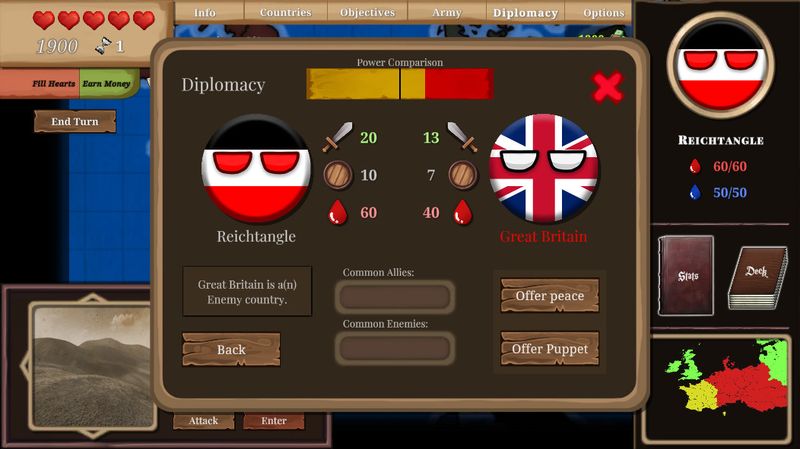
 Turning to the audio, the soundtrack mixes Alexander Nakarada’s “The Crown” and “The Vikings.” In addition, Kevin Macleod’s “Five Armies” score adds a heroic mood. Sound effects signal battle turns and card plays. While there’s no voice acting, the music fills each moment effectively. Composer credits reveal a clever indie reuse of royalty-free tracks to deliver rich audio.
Turning to the audio, the soundtrack mixes Alexander Nakarada’s “The Crown” and “The Vikings.” In addition, Kevin Macleod’s “Five Armies” score adds a heroic mood. Sound effects signal battle turns and card plays. While there’s no voice acting, the music fills each moment effectively. Composer credits reveal a clever indie reuse of royalty-free tracks to deliver rich audio.
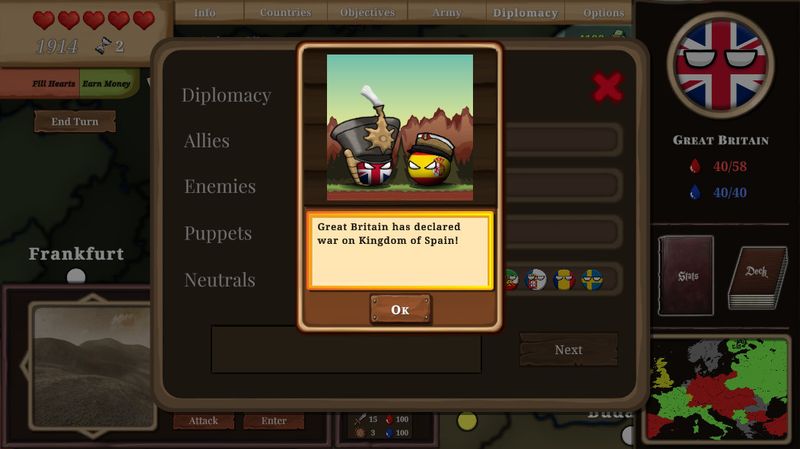
 Each countryball features unique stats and fight cards. Impressively, they embody national quirks, such as high defense for Switzerland. The game includes over fifty playable countryballs, significantly boosting representation. You unlock some by conquering capitals, while others appear via campaigns. Notably, SteamDB lists more than a dozen European nations in the roster.
Each countryball features unique stats and fight cards. Impressively, they embody national quirks, such as high defense for Switzerland. The game includes over fifty playable countryballs, significantly boosting representation. You unlock some by conquering capitals, while others appear via campaigns. Notably, SteamDB lists more than a dozen European nations in the roster.
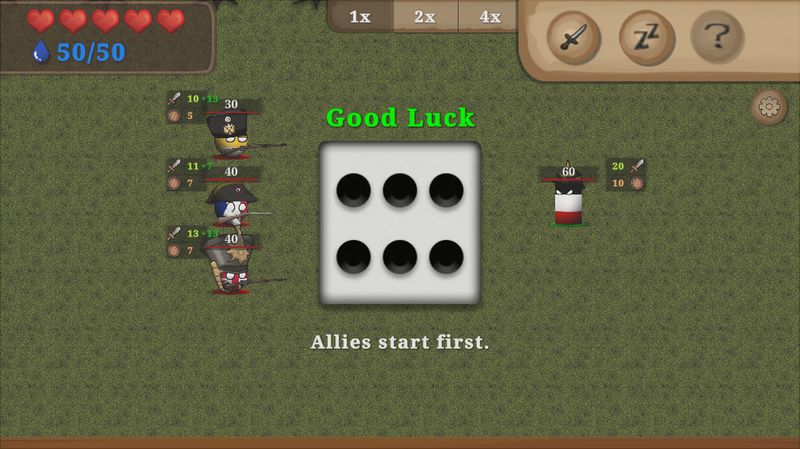
 As battles scale up, multiple foes and high stat demands increase the challenge. User feedback warns of spikes in late campaign fights. Moreover, minigames test reflexes, while manual stat upgrades demand careful planning. There’s no easy mode; however, you can farm star points to boost stats. Thankfully, the game features adjustable AI difficulty tiers in its settings.
As battles scale up, multiple foes and high stat demands increase the challenge. User feedback warns of spikes in late campaign fights. Moreover, minigames test reflexes, while manual stat upgrades demand careful planning. There’s no easy mode; however, you can farm star points to boost stats. Thankfully, the game features adjustable AI difficulty tiers in its settings.
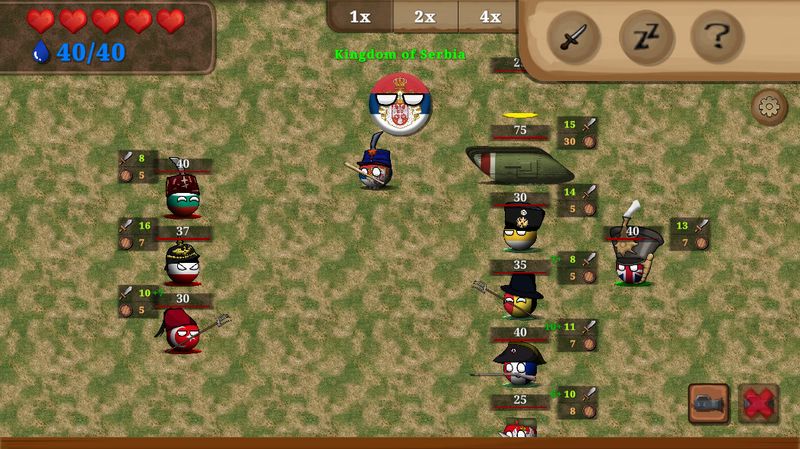
 The hunt for hidden countryballs continues to drive replay value. Both conquest and campaign modes offer new paths each run. Plus, Steam achievements cover battles, cards, and stat milestones. When compared to Civilization VI, Countryball feels tighter and more card-focused. According to Global Achievements charts, there’s a fifty percent completion rate on flagship trophies.
The hunt for hidden countryballs continues to drive replay value. Both conquest and campaign modes offer new paths each run. Plus, Steam achievements cover battles, cards, and stat milestones. When compared to Civilization VI, Countryball feels tighter and more card-focused. According to Global Achievements charts, there’s a fifty percent completion rate on flagship trophies.
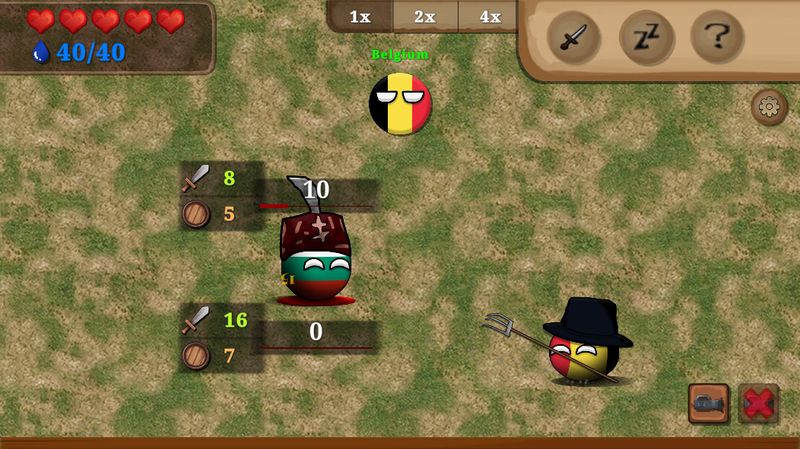
 Countryball: Europe 1890 stands out with its deep card tactics. It blends history, strategy, and collectibles in a neat package. Fans of turn-based pride will find hours of unlocks. For fans of Countryball: Europe 1890, consider Civilization VI for broad conquest and tech trees. Europa Universalis IV offers deep diplomacy and grand strategy. Humankind adds era progression and unique nation traits. Total War: Napoleon blends turn-based maps with real-time battles. Slay the Spire proves card combat can shine in a roguelike.
Countryball: Europe 1890 stands out with its deep card tactics. It blends history, strategy, and collectibles in a neat package. Fans of turn-based pride will find hours of unlocks. For fans of Countryball: Europe 1890, consider Civilization VI for broad conquest and tech trees. Europa Universalis IV offers deep diplomacy and grand strategy. Humankind adds era progression and unique nation traits. Total War: Napoleon blends turn-based maps with real-time battles. Slay the Spire proves card combat can shine in a roguelike.

